Summer has ended, but that leaves time to look back. Among the many parties around the world, Electric Zoo was New York’s biggest electronic festival, with headliners from Moby to Flying Lotus, descending on a dusty, sunny Randall’s Island just east of the island Manhattan.
At top, I took my new Diana mini (lo-fi film camera) out for a spin amongst the music lovers, who gravitated moth-like to the camera. Never let it be said that Americans don’t like electronic music; families and a new, young generation of ravers flooded into the park. Since Moby’s set was off-limits for photography, it seemed to me only appropriate to go hang out with the music fans. And it’s good to remember that, whatever your musical genre, there’s someone whom you can make happy with your work. (Having spent the same weekend on a rooftop and in a barn with monome practitioners and lovers, yes, there’s a place for everything.) Feel free to page through the sets, especially if it’s a rainy, cloudy day.
When you face a crowd of eager fans, the desire to deliver real performance becomes all the greater. In an age of pre-configured DJ sets, it’s a chance to have the same enthusiasm as those in the audience, and yes, to actually sweat a bit. As a study in what’s possible with computer performance, I took in live, non-DJ sets by Jon Hopkins and The Glitch Mob.
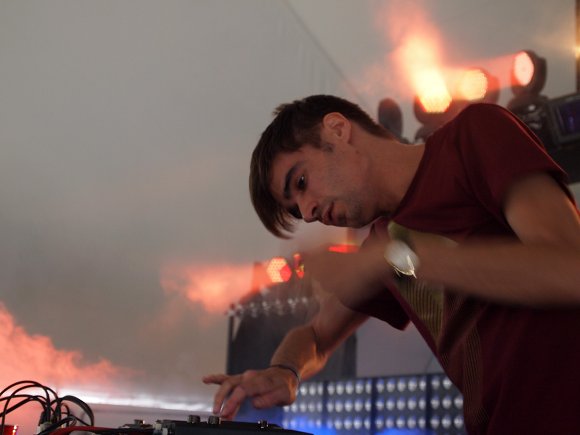
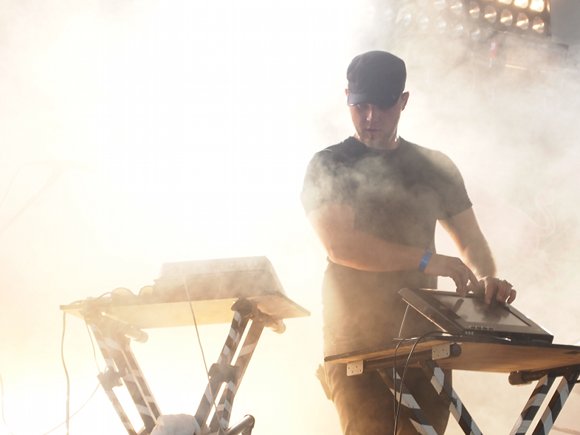
Both artists use touch in their performance. The interaction with the music is reasonably limited, but that means the effect is easy to read. As it happens, we’ve profiled the setups of each of these acts before. For Jon Hopkins, multiple KAOSS Pads facilitate quick access to dramatic effects. Ableton Live is just the sound-source; the outboard gear handles both touch control and signal processing. For The Glitch Mob, Lemur multi-touch displays, tilted toward the audience, control parameters in Ableton Live.
More details:
Behind the scenes of The Glitch Mob’s Lemur setup
Jon Hopkins tells CDM about his studio, live rigs and playing the KAOSS Pad
I have to notice that the KAOSS Pads fare a bit better than the Lemurs in regards to tactile access to what you’re doing. The Glitch Mob had to make its touch areas on the Lemur fairly large just to find them; because they’re all on an undifferentiated screen, you have to find the right location by feel. But for both acts, creating big gestures is important, partly so that it reads to the audience, I imagine, but also so that it’s the kinds of gestures that feels good as a player and are easily reproduced. And even with a touchscreen, it’s possible to begin to tap into muscle memory, as was clear as The Glitch Mob used their consistent control layout in their set.
Touch alone, in each case, is augmented by tactile controls. The Korgs have physical encoders and controls, and Hopkins uses MIDI input and computer control for tactile control over sets. The Glitch Mob use Akai drum pad controllers, as well. And fun as the touchscreens are, they can’t compete with good, old-fashioned drumming: the highlight of The Glitch Mob’s new set is when they break out drumsticks and explode into lines worthy of a drum corps. (The Glitch Mob need to meet Caity at Georgia Tech.) You can tell the guys are just having a great time doing it. We talk about all the ways computer performance can become more like instruments, but, of course, there’s no reason not to simply use the traditional instruments we love alongside computers.
There’s still a sense of a divide between the virtual and the physical, the digital interface and the kinetic gesture, and maybe that’s natural. Rather than try to entirely reconcile the two, they can sit side by side – just like my digital Olympus and analog Diana.
I could say more, but I think in this case, the pictures tell the story, a little microcosm of the many musical events of this summer.
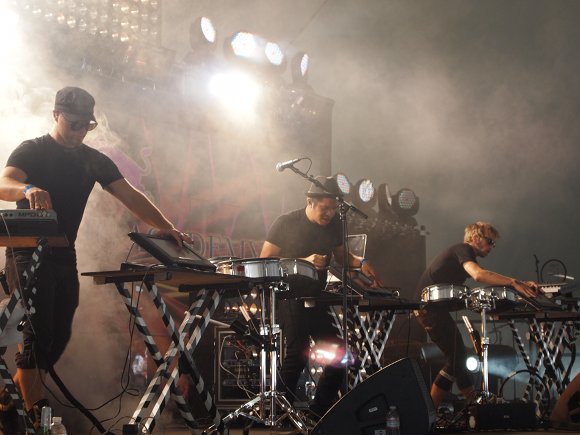
Flying Lotus
There’s something to be said for the good, old-fashioned MIDI controlled and laptop combo. FlyLo makes an Akai MPD32 his axe of choice – and it makes it look damned good. Photos courtesy the festival.
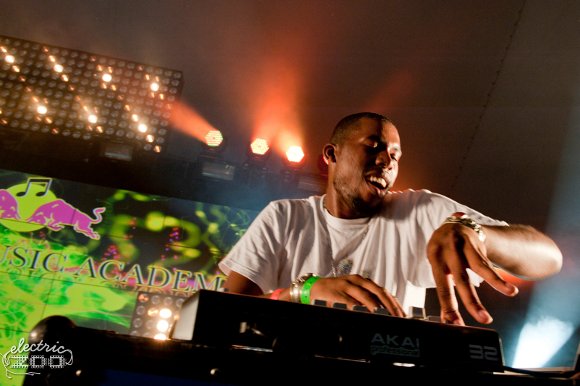
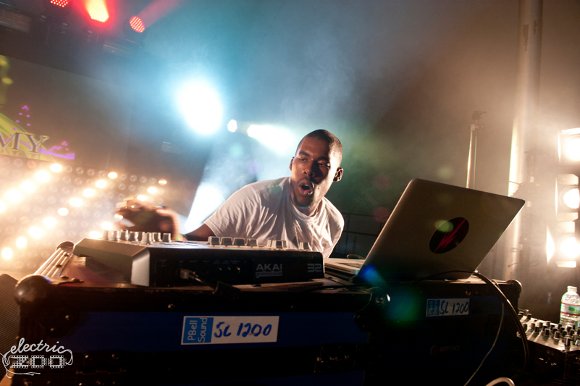
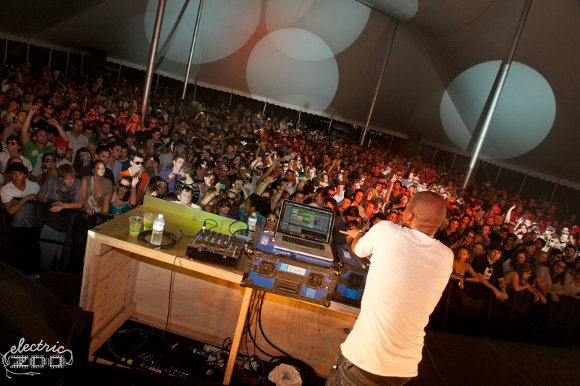
The Gear
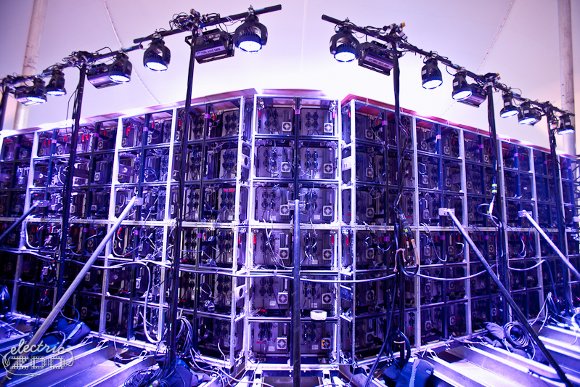
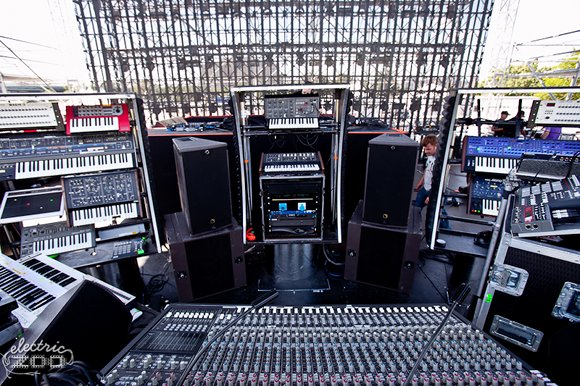
The Fans
All of this would be meaningless if fans only responded to DJ sets. On the contrary; live sets in electronic sound live and connect in a way that’s special.
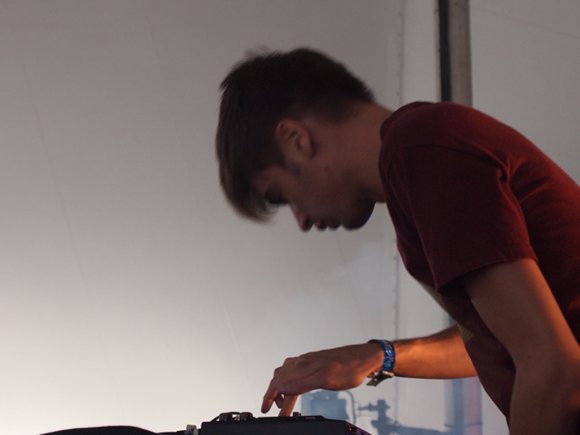
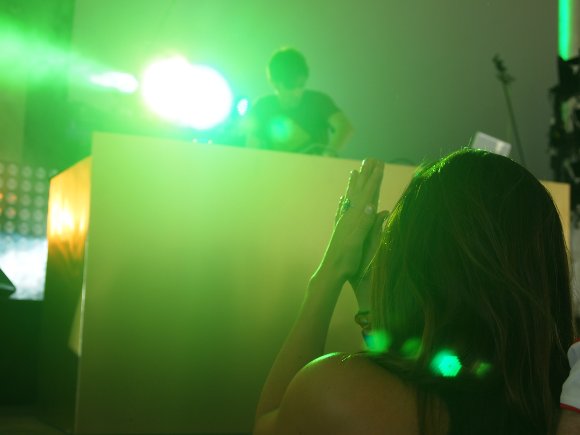
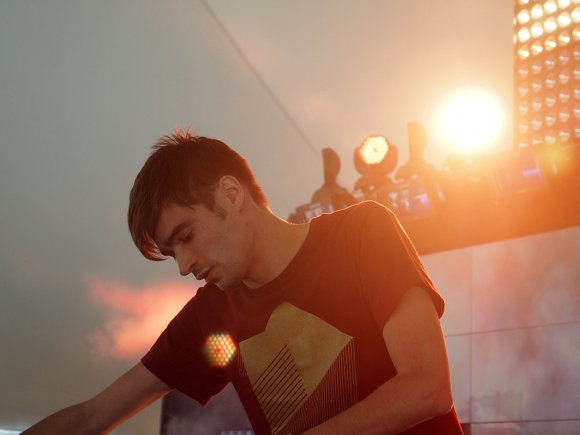
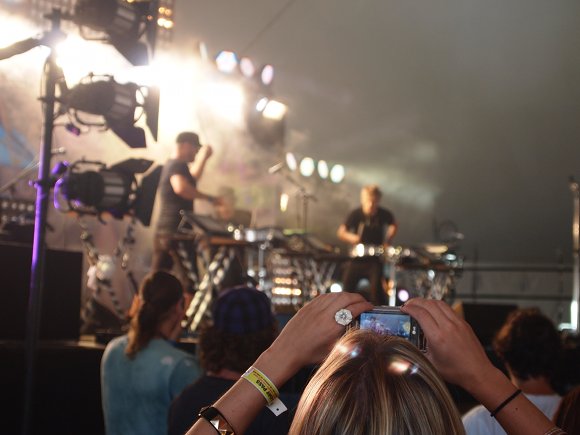
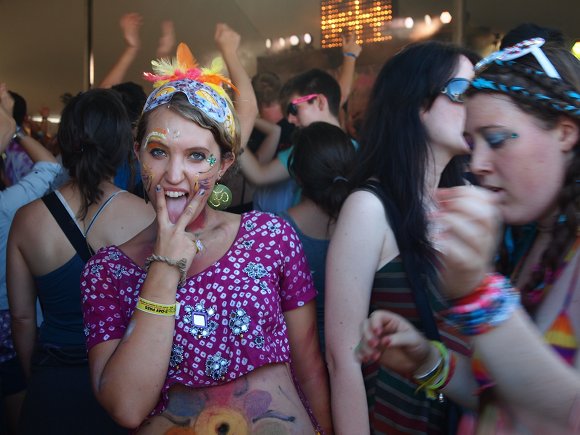
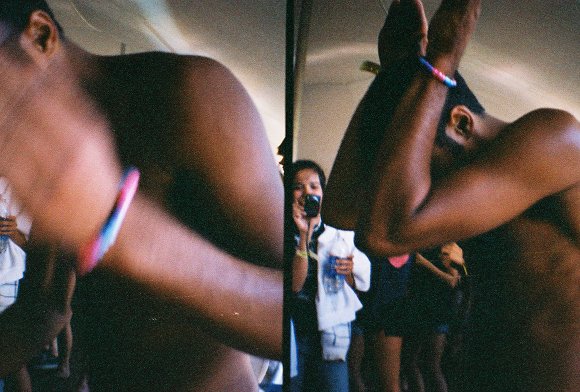

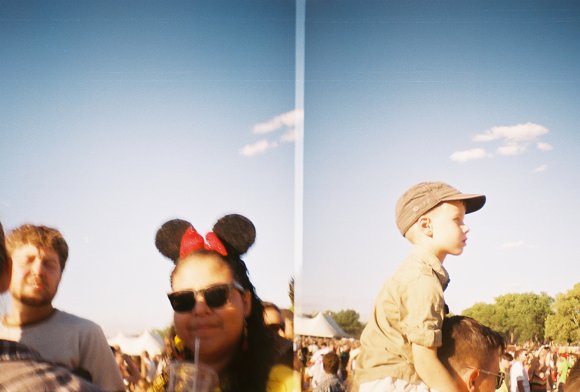
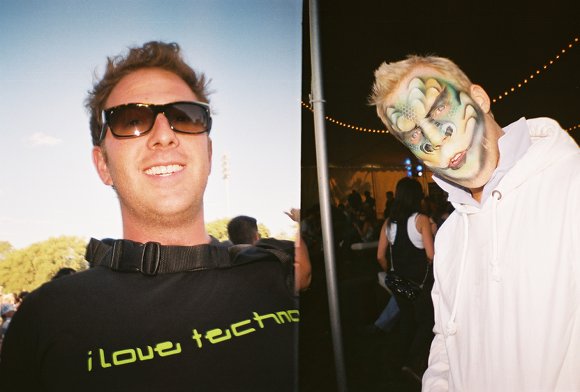

All photos (CC-BY-SA) Peter Kirn, unless otherwise noted.